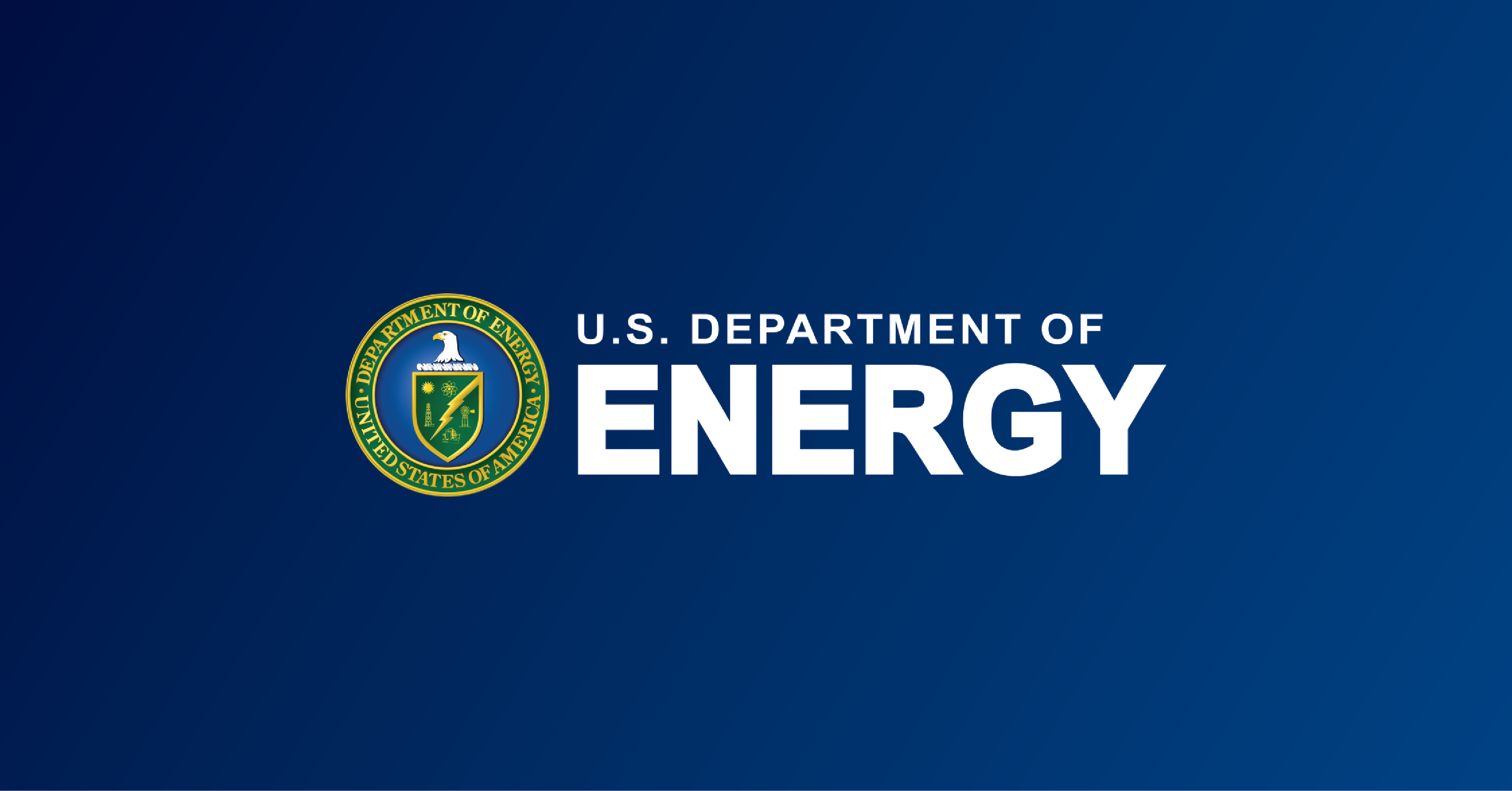U.S. and India Advance Partnership on Clean Energy
U.S. and India Advance Partnership on Clean Energy Energy.gov


U.S.-India Strategic Clean Energy Partnership Ministerial Meeting
Joint Statement on Advancing Sustainable Development Goals

The U.S. Secretary of Energy, Jennifer M. Granholm, and the Indian Minister of Petroleum and Natural Gas, Hardeep Singh Puri, held the third ministerial meeting of the U.S.-India Strategic Clean Energy Partnership (SCEP) in New Delhi. The SCEP, launched in September 2021, aims to advance energy security, clean energy innovation, and decarbonization efforts to support the energy transition while ensuring clean energy access. The joint statement released by the United States and India emphasizes the significance of the Sustainable Development Goals (SDGs) in their collaboration.
Importance of Bilateral Clean Energy Engagement
The meeting highlighted the growing importance of bilateral energy cooperation between the United States and India. Both sides recognized the critical role of clean energy engagement in strengthening energy security, promoting clean energy innovation, addressing climate change, and generating employment opportunities. They welcomed the increasing energy trade between the two countries and acknowledged the commercial partnerships facilitated by the SCEP.
Commitment to a Sustainable Energy Transition
The United States and India reaffirmed their commitment to work towards a just, orderly, and sustainable energy transition. They emphasized the importance of prioritizing access to reliable, affordable, and clean energy supply. As the largest democracies and economies in the world, both countries recognized the significance of joint action and collaboration in navigating the global energy transition.
Collaboration in Clean Energy Workstreams
The sides reviewed the ambitious and dynamic mandate of the SCEP, which has deepened collaboration across various clean energy workstreams. These include clean and renewable energy, energy efficiency, emerging technologies like battery storage and swapping technologies, gas hydrates, advanced biofuels, and hydrogen and electrolyzer production. They acknowledged the importance of producing green/clean hydrogen as a critical energy source for global decarbonization and agreed to support each other’s national hydrogen missions.
Public-Private Collaboration for Decarbonization
The sides welcomed the collaboration between the public and private sectors to support decarbonization in both countries. This collaboration includes public-private task forces, reverse trade missions, India-US Business Roundtables chaired by the Ministers, and other commercial dialogues. They emphasized the importance of promoting energy access, affordability, and energy justice in each country.
Advancing the Positive Agenda
The sides discussed ways to advance the positive agenda outlined by Prime Minister Modi and President Biden in their Joint Statement of June 22, 2023. They welcomed efforts under the SCEP to develop and deploy energy storage technologies, expand collaboration in support of their respective national hydrogen strategies, accelerate cooperation on new and emerging renewable energy technologies, and reduce carbon emissions in the transportation sector through zero-emissions vehicles.
- Establishment of the public-private Energy Storage Task Force
- Deepened collaboration to scale and accelerate deployment of hydrogen technologies through the public-private Hydrogen Task Force
- Launch of the U.S.-India New and Emerging Renewable Energy Technologies Action Platform (RETAP)
The Ministers also welcomed cooperation between India and the United States in advancing research, development, and commercialization of technologies in the emerging fuels arena, including bio-ethanol, renewable diesel, sustainable aviation fuels, and other advanced biofuels. They affirmed the vision of establishing the Global Biofuels Alliance to strengthen markets, facilitate global biofuels trade, and provide technical support for national biofuels programs worldwide.
Promoting Sustainable and Diversified Clean Energy Supply Chain
The sides underscored the importance of a stable, sustainable, diversified, resilient, and globally responsible clean energy supply chain. They welcomed ongoing collaboration in modernizing the power system, promoting energy efficiency and conservation, reducing emissions across the oil and gas sector, and advancing emerging technologies to support electrification and decarbonization of hard-to-abate sectors.
Carbon Capture, Utilization, and Storage
The sides recognized the role of carbon capture, utilization, and storage (CCUS) in reducing emissions and agreed to spur partnership in this area. They welcomed the addition of CCUS as a workstream under the Emerging Fuels and Technology Pillar. The sides also highlighted the importance of reducing emissions across the sector through deployment of emerging technologies, alternative fuels, and methane abatement technologies.
Collaboration in Research and Development
The sides praised the longstanding joint research and development (R&D) under the Partnership to Advance Clean Energy-Research (PACE-R). They welcomed the successes of PACE-R to date and highlighted the final year of the R&D track on advanced smart grid and energy storage technologies. They also launched the South Asia Group for Energy (SAGE) to deepen engagement between Indian agencies and U.S. national laboratories in supporting research, analysis, and capacity-building activities.
Accomplishments Across Technical Pillars
Agencies from both countries demonstrated accomplishments across the five technical pillars of cooperation, including Power & Energy Efficiency, Renewable Energy, Responsible Oil & Gas, Sustainable Growth, and Emerging Fuels and Technologies. These accomplishments contribute to the decarbonization vision of both countries while ensuring sustainable growth.
The joint statement concludes by expressing hope that the work undertaken under the SCEP will continue to pave the way for a new and promising future.
SDGs, Targets, and Indicators
-
SDG 7: Affordable and Clean Energy
- Target 7.1: By 2030, ensure universal access to affordable, reliable, and modern energy services.
- Target 7.2: By 2030, increase substantially the share of renewable energy in the global energy mix.
- Indicator: Energy trade between the United States and India.
-
SDG 9: Industry, Innovation, and Infrastructure
- Target 9.4: By 2030, upgrade infrastructure and retrofit industries to make them sustainable, with increased resource-use efficiency and greater adoption of clean and environmentally sound technologies and industrial processes.
- Indicator: Collaboration in emerging technologies like battery storage, hydrogen production, and advanced biofuels.
-
SDG 13: Climate Action
- Target 13.2: Integrate climate change measures into national policies, strategies, and planning.
- Target 13.3: Improve education, awareness-raising, and human and institutional capacity on climate change mitigation, adaptation, impact reduction, and early warning.
- Indicator: Collaboration on development and deployment of energy storage technologies, hydrogen technologies, and new and emerging renewable energy technologies.
-
SDG 17: Partnerships for the Goals
- Target 17.6: Enhance North-South, South-South, and triangular regional and international cooperation on and access to science, technology, and innovation and enhance knowledge sharing on mutually agreed terms.
- Indicator: Public-private task forces, commercial partnerships, and collaboration between Indian agencies and U.S. national laboratories.
Table: SDGs, Targets, and Indicators
| SDGs | Targets | Indicators |
|---|---|---|
| SDG 7: Affordable and Clean Energy | Target 7.1: By 2030, ensure universal access to affordable, reliable, and modern energy services. | Energy trade between the United States and India. |
| SDG 9: Industry, Innovation, and Infrastructure | Target 9.4: By 2030, upgrade infrastructure and retrofit industries to make them sustainable, with increased resource-use efficiency and greater adoption of clean and environmentally sound technologies and industrial processes. | Collaboration in emerging technologies like battery storage, hydrogen production, and advanced biofuels. |
| Target 9.5: Enhance scientific research, upgrade the technological capabilities of industrial sectors in all countries, in particular developing countries, including, by 2030, encouraging innovation and substantially increasing the number of research and development workers per 1 million people and public and private research and development spending. | ||
| SDG 13: Climate Action | Target 13.2: Integrate climate change measures into national policies, strategies, and planning. | Collaboration on development and deployment of energy storage technologies, hydrogen technologies, and new and emerging renewable energy technologies. |
| Target 13.3: Improve education, awareness-raising, and human and institutional capacity on climate change mitigation, adaptation, impact reduction, and early warning. | ||
| Target 13.b: Promote mechanisms for raising capacity for effective climate change-related planning and management in least developed countries and small island developing states, including focusing on women, youth, and local and marginalized communities. | ||
| SDG 17: Partnerships for the Goals | Target 17.6: Enhance North-South, South-South, and triangular regional and international cooperation on and access to science, technology, and innovation and enhance knowledge sharing on mutually agreed terms. | Public-private task forces, commercial partnerships, and collaboration between Indian agencies and U.S. national laboratories. |
| Target 17.9: Enhance international support for implementing effective and targeted capacity-building in developing countries to support national plans to implement all the sustainable development goals, including through North-South, South-South, and triangular cooperation. |
Behold! This splendid article springs forth from the wellspring of knowledge, shaped by a wondrous proprietary AI technology that delved into a vast ocean of data, illuminating the path towards the Sustainable Development Goals. Remember that all rights are reserved by SDG Investors LLC, empowering us to champion progress together.
Source: energy.gov

Join us, as fellow seekers of change, on a transformative journey at https://sdgtalks.ai/welcome, where you can become a member and actively contribute to shaping a brighter future.







